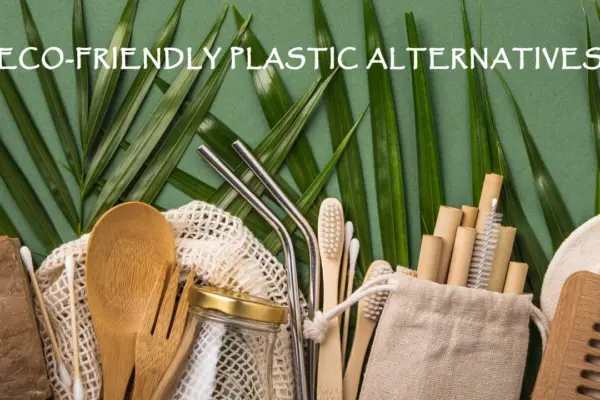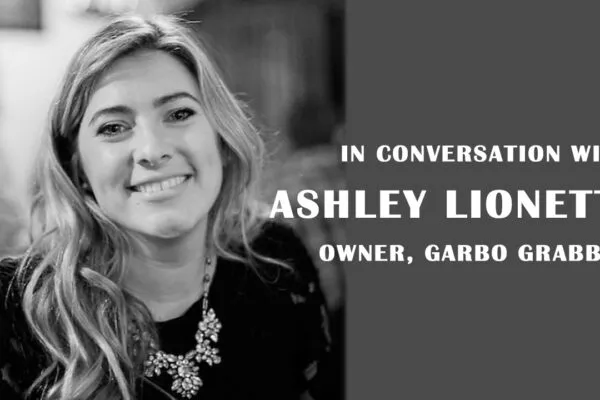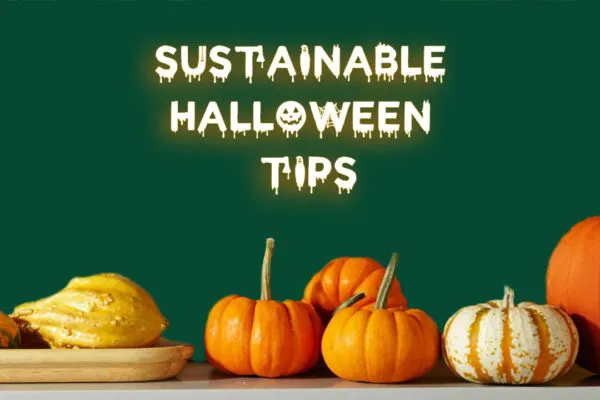Superworms Have an Appetite for Polystyrene
Different kinds of plastic waste have become a huge environmental crisis and scientists have managed to find one worm that can munch through polystyrene without harming itself
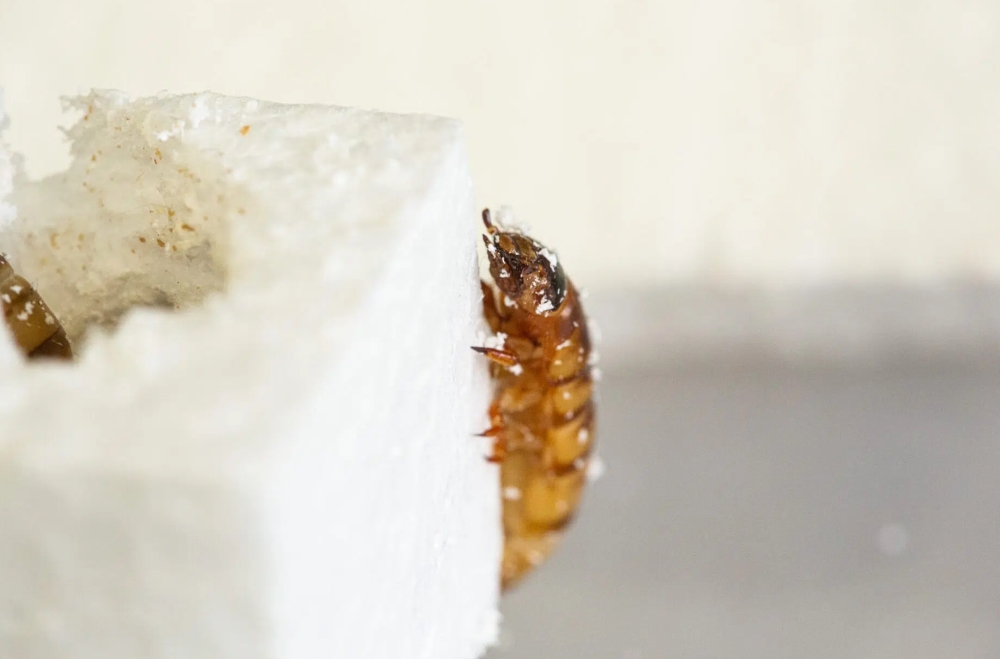
Image: The University of Queensland
You know what baffles me the most is how humankind creates tonnes of problems for itself and then looks at other living things to help resolves those crises. Take plastic pollution for instance. The non-biodegradable material has infiltrated every inch of the planet, from the depths of the oceans to the towering mountain peaks. Now, we are looking for ways to get rid of the plastic waste we so generously generate each day.
Earlier this year, a study stated that microplastic-polluted soils can be saved as birch trees absorb these tiny plastic particles through their roots. But nobody knows about its short- and long-term effects on the overall health of these trees. Now, another study has emerged saying that a specie of worm, called the Zophobas morio, also known as ‘superworms,’ is capable of eating through polystyrene.
Polystyrene is a versatile plastic material that is used to make a wide array of consumer products including food packaging and laboratory ware. According to this study, superworms can and might even enjoy eating this widely used form of plastics.
When I came across this news, it really bothered me beyond apprehension. Once again we have found another species to eat through our plastic mounds while we keep generating more and more of ict.
Published in Microbial Genomics and undertaken by researchers at the University of Queensland in Australia, the study has discovered that Zophobas can help recycle plastic on a mass scale. Apparently, the ‘suprerworms’ have a bacterial enzyme in their gut that helps them eat and survive on polystyrene.
Lead researcher Dr. Chris Rinke, a professor at the university’s School of Chemistry and Molecular Biosciences, said;
Plastic waste is probably one of the biggest problems of our time. We are producing more plastic every year, but only a small fraction is recycled in most countries. Superworms are like mini recycling plants, shredding the polystyrene with their mouths and then feeding it to the bacteria in their gut.
Native to central and South America, superworms are named so because of their large size and high protein content. These worms can now be found all over the world and are generally used for reptile pet food. In fact, you can buy oven-roasted chocolate-covered superworms for human consumption as well.
The team fed superworms different kinds of stuff over a three-week period, with some being fed polystyrene, some were given bran, and others were put on a fasting diet. Surprisingly, worms given plastic not only survived but thrived.
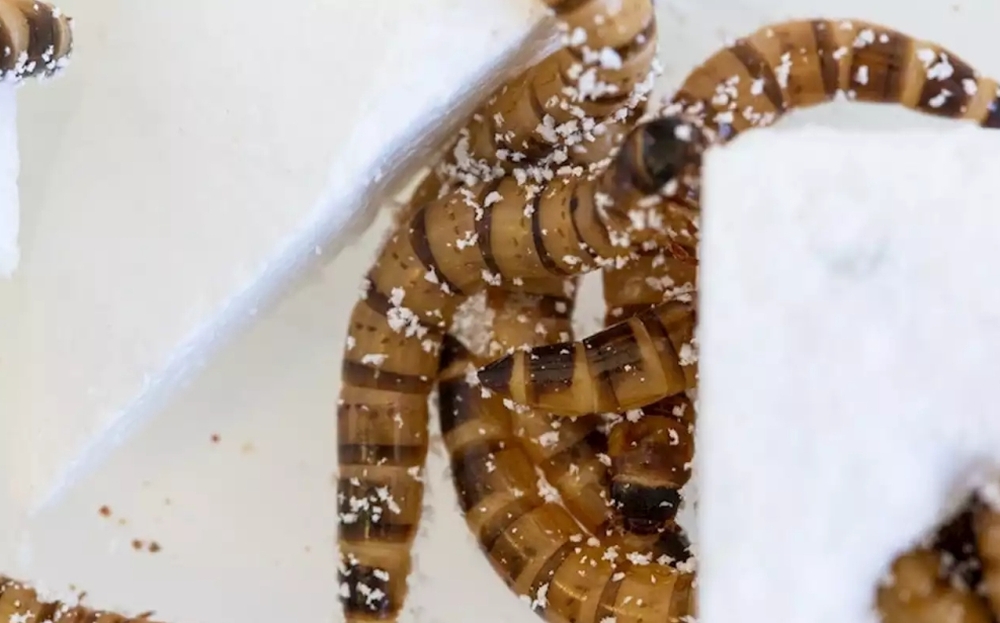
Image: The University of Queensland
Talking about the results of this experiment, Rinke added;
We found the superworms fed a diet of just polystyrene not only survived, but even had marginal weight gains. This suggests the worms can derive energy from the polystyrene, most likely with the help of their gut microbes.
Through a technique called metagenomics, the researchers found different encoded enzymes with the ability to degrade polystyrene and styrene. The aim of this study is to develop enzymes to break down various plastic waste in recycling plants using mechanical shredding and then enzymatic biodegradation.
The good news is that the scientists hope to grow these bacteria found in the worms’ gut in a lab rather than unleashing hordes of superworms out in the world. Once they succeed in growing the bacteria, they will test its ability to break down plastics.
If fruitful, the experiment does show potential to help resolve the plastic crisis, but wouldn’t it be better to phase out this toxic and omnipresent material so we can consume plastic-free food, water, and air?
